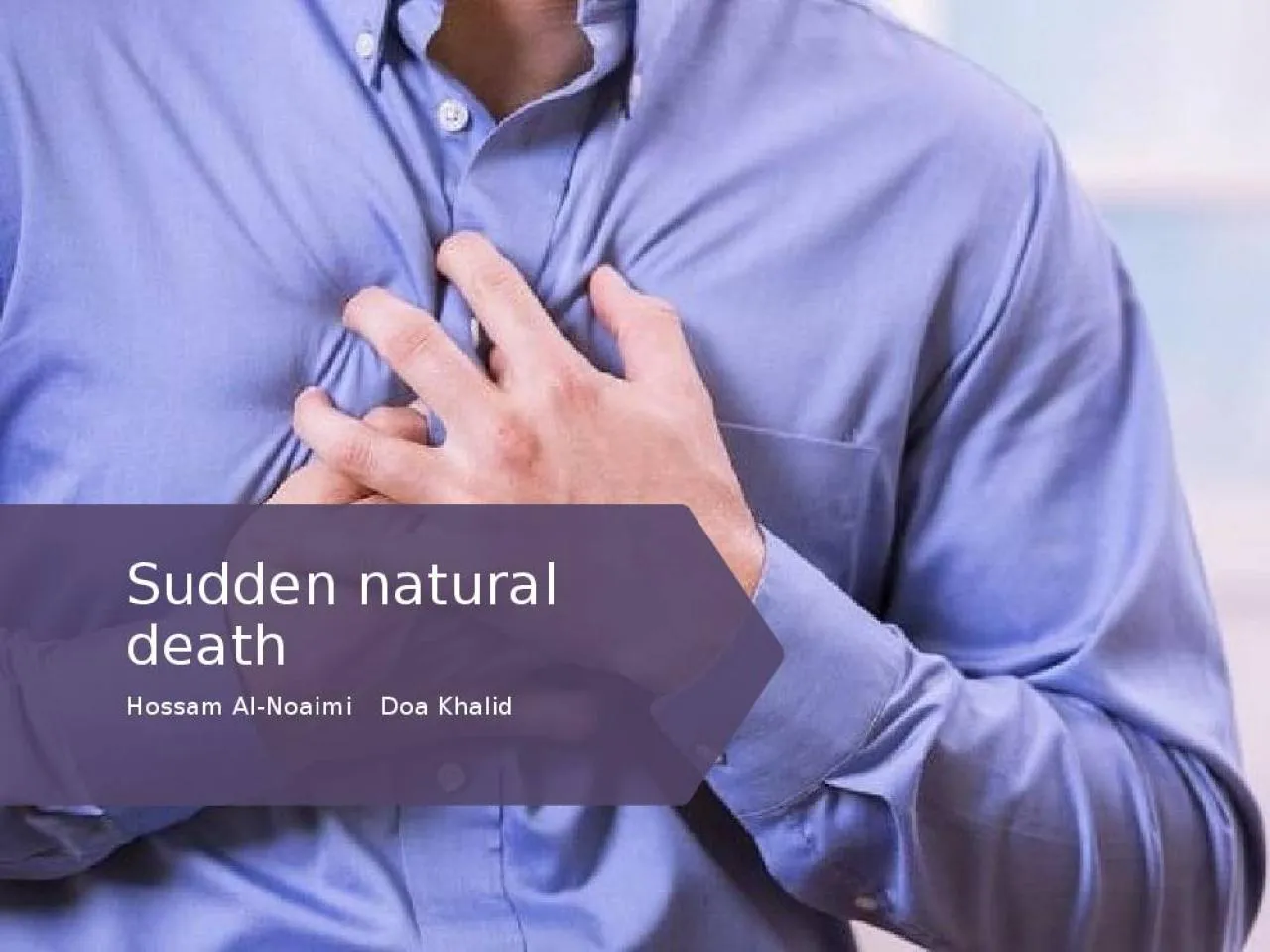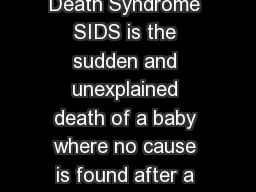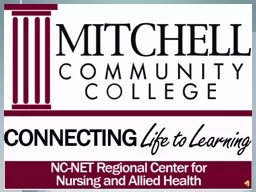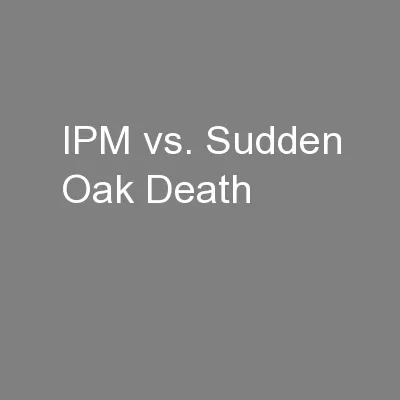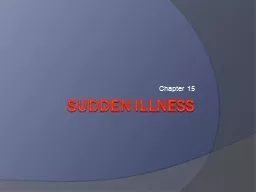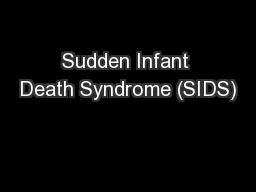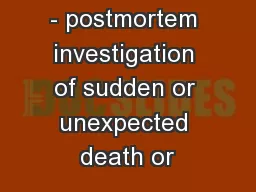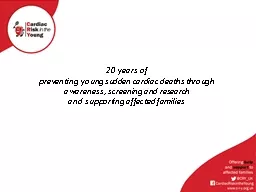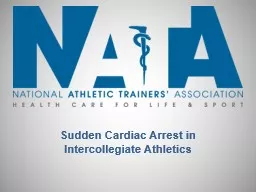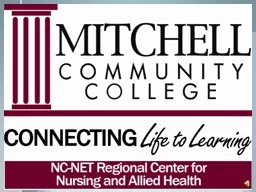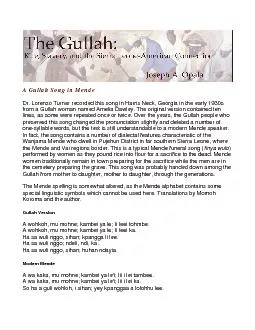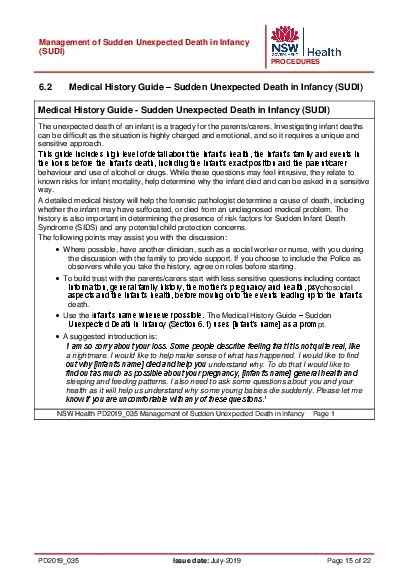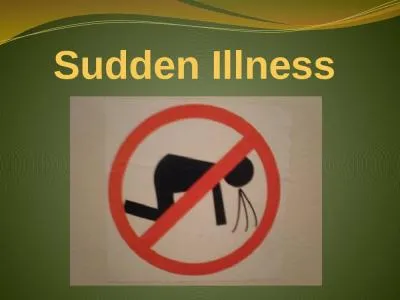PPT-Sudden natural death Hossam Al-
Author : anastasia | Published Date : 2022-02-14
Noaimi Doa Khalid Outline Definition Medicolegal importance Causes of sudden natural death Sudden infant death syndrome Investigation and examination Definition
Presentation Embed Code
Download Presentation
Download Presentation The PPT/PDF document "Sudden natural death Hossam Al-" is the property of its rightful owner. Permission is granted to download and print the materials on this website for personal, non-commercial use only, and to display it on your personal computer provided you do not modify the materials and that you retain all copyright notices contained in the materials. By downloading content from our website, you accept the terms of this agreement.
Sudden natural death Hossam Al-: Transcript
Download Rules Of Document
"Sudden natural death Hossam Al-"The content belongs to its owner. You may download and print it for personal use, without modification, and keep all copyright notices. By downloading, you agree to these terms.
Related Documents

